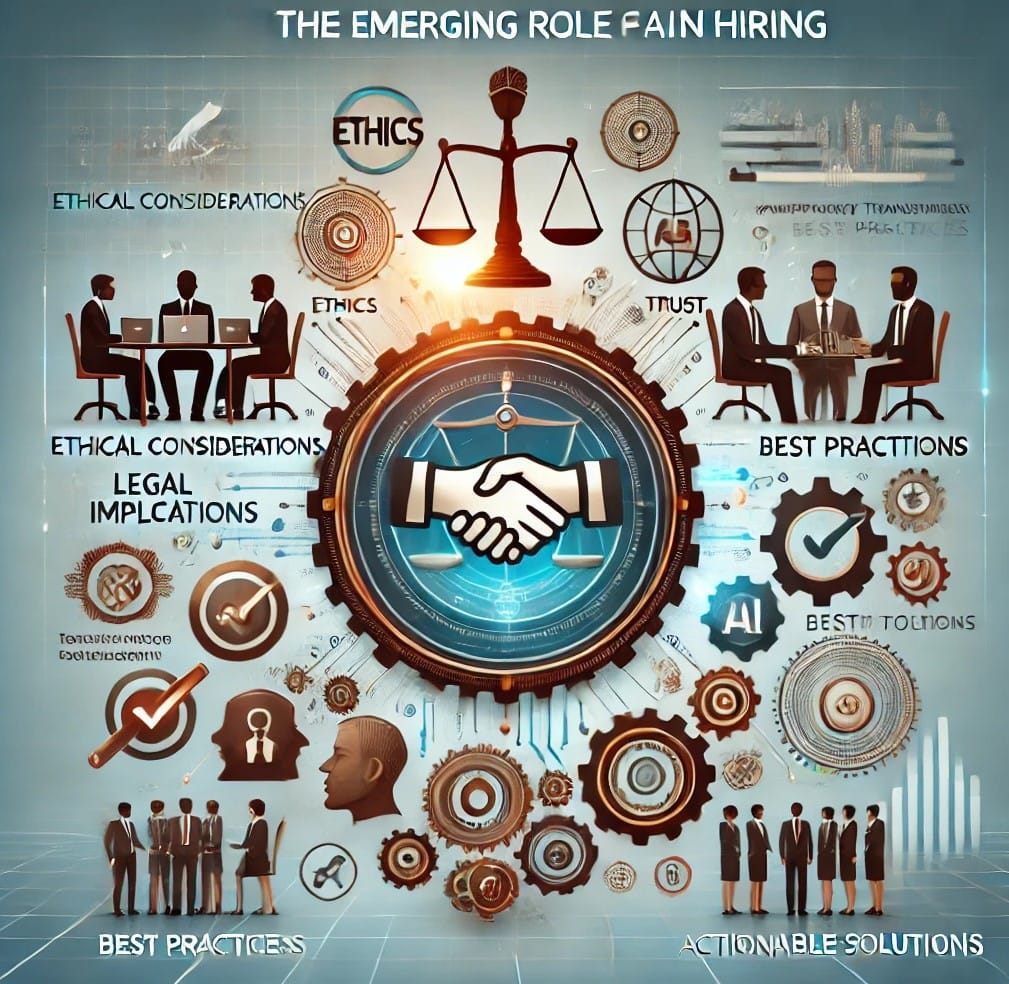The Emerging Role of AI in Hiring – Part 3
The integration of AI into hiring practices introduces legal complexities that organizations must navigate carefully. Ensuring compliance with anti-discrimination laws, data privacy regulations, and transparency requirements is critical to mitigating risks and fostering trust.

